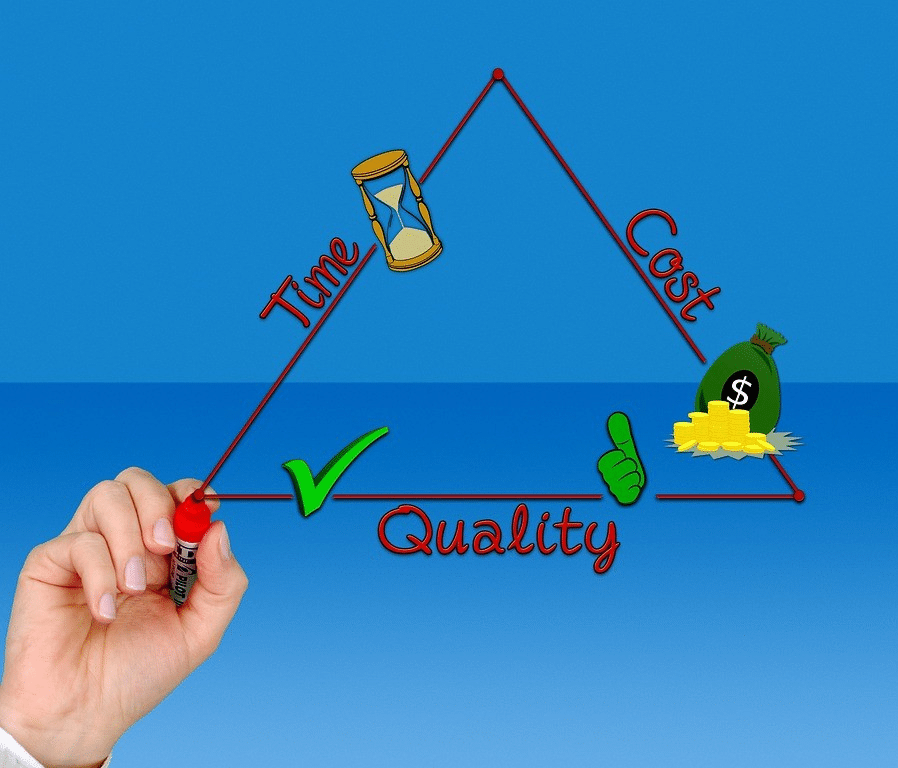Is your sales team unable to meet targets and has difficulties closing deals? Are you searching for actionable strategies to help you maximize conversions, boost customer engagements, and build lasting relationships? You want to prepare your sales team to elevate sales performance, establish robust relationships, and better engage clients.
These five practical keynote tips will help you shorten the sales cycle and seal better deals.
1. Qualify High-Quality Leads

Defining high-quality leads is fundamental in sealing better deals with minimal effort. Your sales team should master the time-tested BANT approach—Budget, Authority, Need, and Timeline. They should know how to identify top-notch prospects with higher financial capacity, better decision-making power, and a genuine need for your services and products. You want your business to proportion resources and time to maximize conversion rates.
Your sales team can leverage the real-life skills from expert sales performance keynote to effectively qualify leads. They can use CRM systems and AI tools to target high-impact and high-potential leads. The tools automate lead scoring, with robust algorithms evaluating and ranking leads based on their past interactions and engagement levels.
The ease of identifying high-potential leads leaves the sales team with more time and resources to target activities that will assist with boosting lead qualification. You can leverage AI-driven insights to underscore leads’ needs and customize the targeting approaches to match those needs.
2. Simplify Contracts and Proposals
Time spent on designing and perusing proposals and contracts delays deal-closing time frames. Your sales team should design quick-to-complete and easy-to-understand documents. That eradicates barriers that delay the process.
Ensure your documents contain no complex terms or needless jargon. This will help customers understand the terms and conditions, fastening the approval process. Flawless and brief contracts and proposals will also reduce the back-and-forth communication when clients seek explanations.
You want to follow up to know the status of contracts and proposals. Contact your prospects regularly and respond to their queries. Invest in automated email systems for more consistent and prompt follow-ups.
Addressing questions and objections swiftly is integral. Use industry-approved automation tools to track prospect interactions and send more customized follow-ups. This helps keep communication lines open and assists with establishing trust and rapport.
3. Convert Interests into Meetings

One of the fastest approaches to shorten sales cycles is prompting website visitors to engage your business in meetings. The call-to-action fatigue on most lead-generation websites simplifies how you schedule meetings with your website visitors. You can add a scheduling link to contact forms on your website to motivate prospects to meet with you.
You want to amend workflows to add qualifying steps for more complex and higher-value sales. Embedding scheduling links in your contact forms for qualified prospects can increase request rates immensely. Your meeting scheduling links should empower prospects to organize a demo or meeting on their terms. It makes the process efficient and quick, maintaining higher momentum from the first click.
4. Discuss Pricing Early Enough
Scheduling meetings and engaging unqualified leads elongates the sales cycle. One strategy for multi-skilled sales teams is to announce the pricing terms and conditions early during sales conversation. Many lead back off at the last stages of the sales process because they can meet the pricing demands.
Discussing financial issues upfront helps you differentiate genuine prospects from those dillydallying around. It enables you to find prospects genuinely interested in your service or product. This strategy empowers you to direct your time and resources to more qualified leads. Breaking down your pricing discussion into digestible parts with tables, paragraphs, and bullet points can further simplify and speed up the sales process.
Your sales team should elucidate the price model in simple terms, ensuring prospects understand how they will pay for the services. Tell your clients if you charge a subscription-based, fixed-price, or hourly rate. Your approach should help the prospect see the value they will get from the purchase. You want to highlight features and competitive benefits alongside the cost savings.
5. Address the Needs of Buying Committees

Different stakeholders in the decision-making process have assorted concerns and needs. It is prudent to address the distinctive buying needs of every stakeholder to shorten the sales cycle. Start by pinpointing those involved in the decision-making process and identify their unique roles.
These processes usually include end-users, executives, and managers with differing priorities and concerns. Recognizing the needs of these stakeholders will inform the content creation process, enabling you to appeal to the correct audience.
Deliver your messages in the language these stakeholders can understand because it makes them more persuasive and addresses their pain points accordingly. You can offer data-backed examples, case studies, and examples to demonstrate the value of your offerings.
Wrapping Up
Are you continually hunting for effective strategies to shorten the sales cycles? You want to try these five time-tested strategies. Study the unique needs of buying committees and address their pain points. Observe the art of addressing pricing on time, ensuring you qualify prospects who can invest in your products or services without complaining about pricing. It is integral to simplify your contracts and proposals and qualify only high-quality leads.
Published By: Aize Perez

















